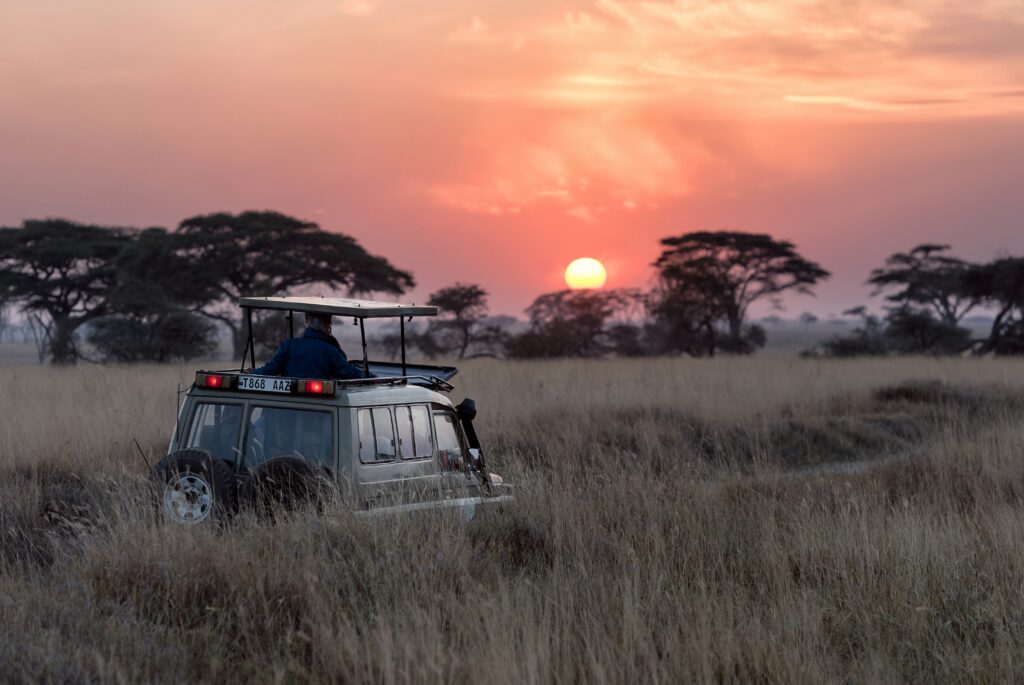When people speak about “Africa,” it is often in broad strokes, as though it were a single country instead of a vast, multifaceted continent. This oversimplification does a great disservice to the rich, complex reality of the 54 distinct nations and over 1.4 billion people that call Africa home. Africa is not a monolith. Its cultures, languages, traditions, and innovations deserve to be recognized in their full, individual brilliance.

The Scale of Africa
One of the first steps in understanding Africa’s diversity is acknowledging its sheer size. Geographically, Africa is immense, larger than the United States, China, and India combined. Its countries are not small states sharing a homogenous culture but vast territories with unique histories, governments, and challenges. For example, Nigeria alone has a population of over 220 million and over 250 ethnic groups, while Namibia, by contrast, is home to just over 2.5 million people in a sprawling landscape of deserts and savannas.
To speak of Africa as one entity ignores the geopolitical, economic, and cultural differences that define each nation. South Africa’s experience as a major economic hub is worlds apart from the challenges faced by countries like Chad, where access to infrastructure remains limited. This diversity is not just a fact; it’s a strength.
A Kaleidoscope of Cultures
Africa’s cultural richness cannot be overstated. The continent is home to over 2,000 languages, with some countries, like Nigeria, boasting more than 500 on their own. Each language carries a unique worldview, a way of understanding the world that has been shaped by centuries of tradition.
Traditional practices vary widely across the continent. The Maasai people of East Africa are known for their iconic beadwork and vibrant ceremonies, while the Ashanti of Ghana are celebrated for their intricate kente cloth. The cuisines are equally varied, from the spicy, aromatic tagines of North Africa to the savory jollof rice battles between West African countries. To label these traditions simply as “African” erases the individuality that makes them so special.
Even within a single country, there is often incredible diversity. Take Ethiopia, a nation with more than 80 ethnic groups, each with its own language, culture, and religious traditions. From the Oromo to the Amhara to the Tigray, each group contributes to the mosaic that is Ethiopia.
Stereotypes and Simplifications
Unfortunately, much of the world’s understanding of Africa is shaped by stereotypes. For decades, the continent has been depicted in media as a singular “tribal” entity, a land of poverty, safaris, and conflict. These narratives are not only reductive but harmful. They overshadow the innovation, resilience, and creativity that define so much of the African experience.
This oversimplification isn’t just limited to media; it’s ingrained in pop culture as well. Take, for example, a TikTok trend featuring a snippet of Jennifer Lopez’s song where she sings, “Brazil, Morocco (an African country by the way), London to Ibiza, straight to L.A., New York, Vegas to Africa (Ah).” While catchy, this lyric exemplifies the habit of listing specific places, only to then lump an entire continent into a single entity. Brazil, Morocco, and London get individual recognition, but Africa is reduced to a singular, generic destination. This happens all the time—Africa is treated as one place, while other regions are given nuance and individuality. It’s a subtle but persistent reminder of how deeply these misconceptions run.
Modern Stories of Africa
Today’s Africa is a vibrant, dynamic place, brimming with talent and ingenuity. The rise of Afrobeats, led by artists like Diamond Platnumz, Burna Boy and Davido, has taken global music by storm, while Nollywood, Nigeria’s film industry, is one of the largest in the world. African fashion designers are gaining international acclaim, blending traditional motifs with contemporary styles to create something entirely new.
The continent is also a leader in sustainability. Rwanda has banned plastic bags and implemented ambitious reforestation projects, setting an example for the rest of the world. Meanwhile, countries like Ghana are investing in renewable energy, positioning themselves as leaders in the fight against climate change.
Africa’s young population—the youngest in the world, with a median age of just 19.7 years—is driving much of this change. These young people are not just the leaders of tomorrow; they are the innovators, creators, and visionaries of today.
A Call to Curiosity
Understanding Africa’s diversity begins with curiosity. Instead of accepting oversimplified narratives, take the time to explore the unique stories and cultures that make up this incredible continent. Read books by African authors, from Chimamanda Ngozi Adichie to Ngũgĩ wa Thiong’o. Support African creators, whether they’re musicians, designers, or entrepreneurs. And if you’re fortunate enough to travel, do so with an open mind and a willingness to learn.
Africa is not one story; it is countless stories woven into unparalleled richness. By recognizing this, we not only honour the continent but also enrich our understanding of the world.
Conclusion
Africa is not a monolith. It is a continent of immense diversity, creativity, and resilience. To see it as anything less is to miss out on the beauty and complexity that define it. Let’s move beyond the stereotypes and celebrate Africa for what it truly is: a kaleidoscope of cultures, each shining brightly in its own way.
